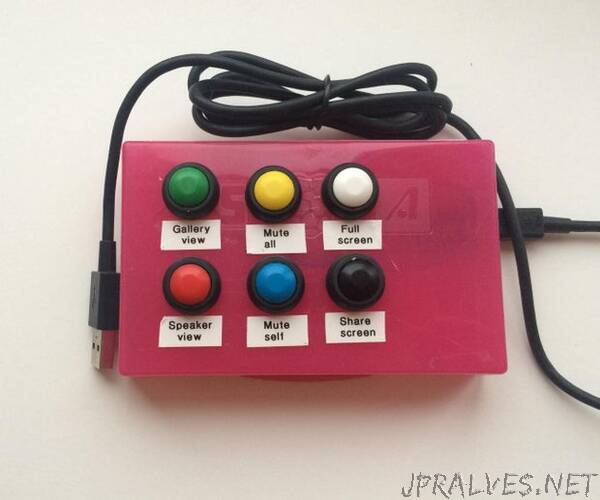
“Before the pandemic few of us had even heard of Zoom. Now it’s a part of our daily lives for many of us.
If you’re just joining other people’s meetings, it’s easy. Surely, one of the reasons it’s caught on. But another reason is that it’s actually quite powerful. Once you start using it to the full for your own meetings you can share your screen, presentations, music and videos, and a whiteboard, and you can manage your participants.
For some of those uses you might be juggling 2 or 3 programs on your screen, whereupon it can get quite complicated. At our church, like many others, we have been holding our services online, and latterly, “mixed mode” with some participants online and others in church. In addition to Zoom, muting and un-muting participants and maybe controlling one or more cameras, the meeting host has to operate the special projection software for hymn words and responses and often a media player and/or Powerpoint as well. For such a meeting to go smoothly, you need all the help you can get!
So I built this little box. It plugs into a USB port, emulates a keyboard, and generates the 6 Zoom hotkeys that I find most useful. You can easily reprogram it to generate a different set of hotkeys if you wish, or even generate hotkeys for a completey different program.
I based this project on my USB Volume Control and Caps Lock LED, in fact the code for that is included but disabled. You can enable it if you like, and add a rotary volume control and/or caps lock, scroll lock and num lock LEDs.
Supplies:
The total cost could be under £10. The parts list is very simple:
Arduino Pro Micro
6 push-button switches
A box
A microUSB cable
A short length of rainbow ribbon cable.
You will also need:
Soldering iron, solder, wire cutters and stripper
Label printer
Hot melt glue gun.
In principle you could use a different Arduino, some of which are slightly cheaper. But you’d need extra libraries for the code and possibly extra components, so it’s just not worth it.
I got a set of 6 push-button switches in different colours from a Far Eastersn seller, which were ideal. An eBay search for “12mm round push button switch” or “PBS-33b” should find them. These have a nice positive action - no chance of acidental button pushes.
For the box, an ABS plastic project box would be ideal but I couldn’t find one a suitable size. I considered using a cassette tape box, but then found a box that my original first generation Raspberry Pi came in.
You can use any connecting wire but rainbow ribbon cable makes it easy. I used a piece of thick copper wire for the common push button connection, only because I’d used it to support the push buttons for testing before I found a suitable box.”
